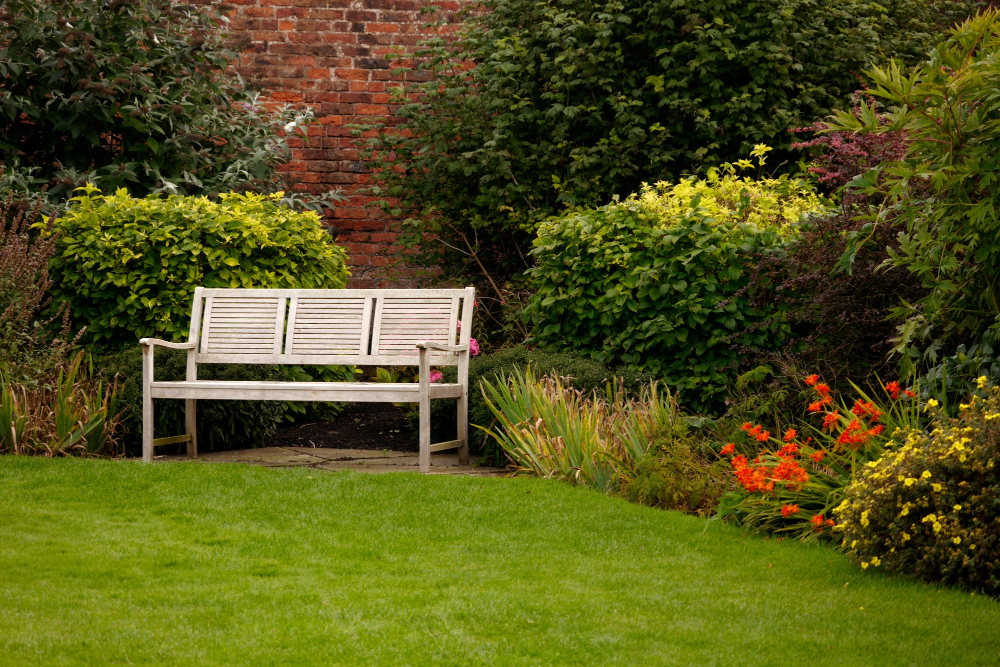Introduction:
In today’s fast-paced world, finding ways to relax and unwind is essential for our well-being. One such method gaining popularity is garden therapy, also known as horticultural therapy. Creating and tending to a healing garden can provide numerous physical, mental, and emotional benefits. If you’re a beginner looking to start your own healing garden, here are some tips and tricks to get you started.
1. Choosing the Right Location:
Selecting the right location for your healing garden is crucial. Look for an area that receives ample sunlight and has good drainage. Consider the size of the space and ensure it is easily accessible for you to tend to your plants regularly.
2. Assessing Soil Quality:
Before planting, it’s important to assess the quality of your soil. Conduct a soil test to determine its pH level and nutrient content. This will help you understand if any amendments are needed to create an optimal growing environment for your plants.
3. Selecting Plants:
Choose plants that align with your goals for the healing garden. Some popular options include aromatic herbs like lavender and rosemary, colorful flowers like calendula and chamomile, and soothing plants like aloe vera and mint. Research the specific needs of each plant to ensure they thrive in your garden.
4. Creating a Sensory Experience:
A healing garden should engage all your senses. Incorporate elements like wind chimes for auditory stimulation, textured plants for tactile experiences, and fragrant flowers for olfactory delight. Consider adding a water feature like a small fountain or pond to create a calming ambiance.
5. Designing for Accessibility:
If you have physical limitations, it’s important to design your healing garden with accessibility in mind. Install raised beds or containers to minimize bending and kneeling. Create wide pathways to accommodate mobility aids such as wheelchairs or walkers.
6. Practicing Mindfulness:
Garden therapy is an opportunity to practice mindfulness and be present in the moment. Take time to observe the growth and changes in your plants. Engage in activities like weeding, pruning, and watering with intention, focusing on the sensations and the connection with nature.
7. Seeking Professional Guidance:
If you’re new to gardening or want expert advice, consider seeking guidance from a horticultural therapist or a local gardening club. They can provide valuable insights, recommend suitable plants, and offer support throughout your gardening journey.
Conclusion:
Starting your own healing garden can be a rewarding and therapeutic experience. By following these tips and tricks, you can create a space that promotes relaxation, reduces stress, and enhances your overall well-being. Remember, gardening is a journey, so be patient, enjoy the process, and let your healing garden flourish.




